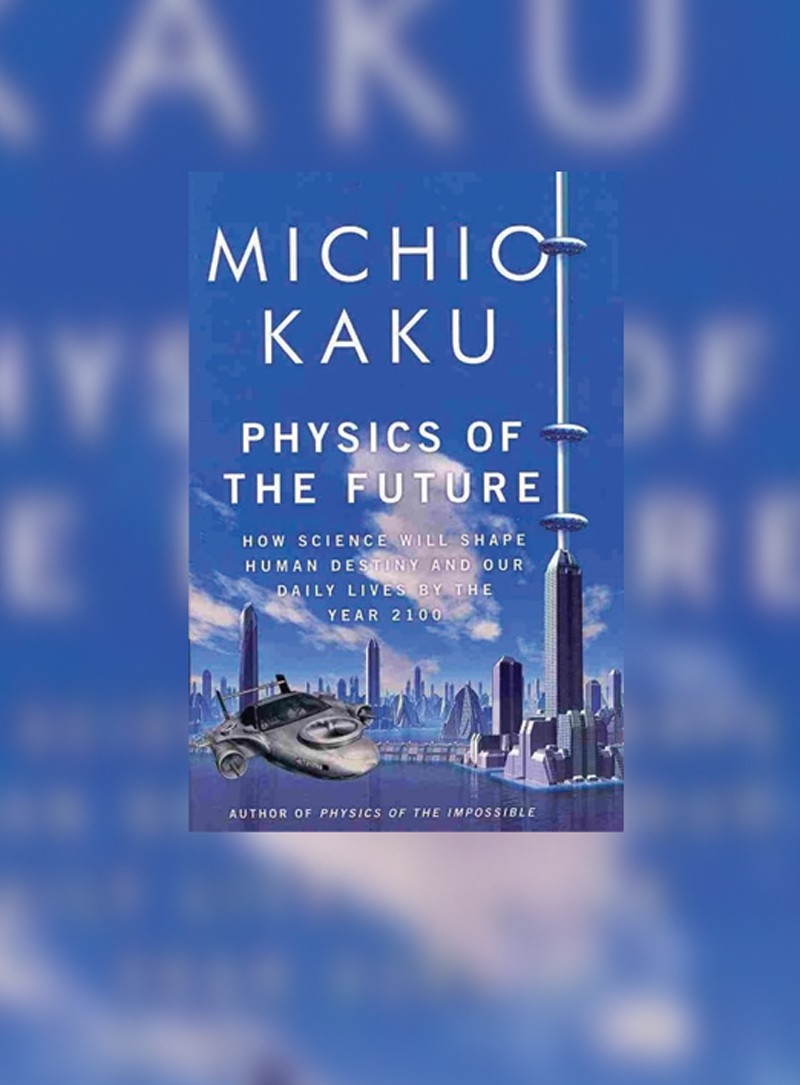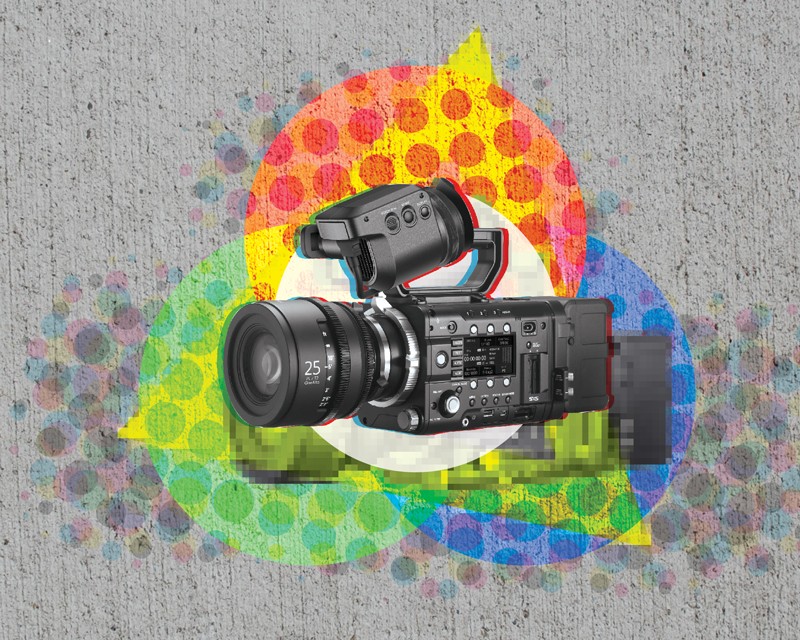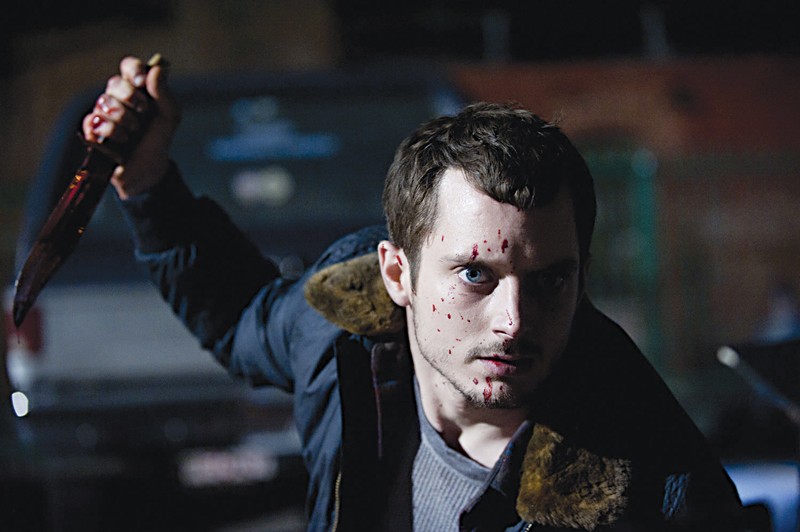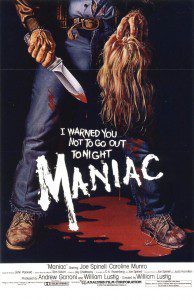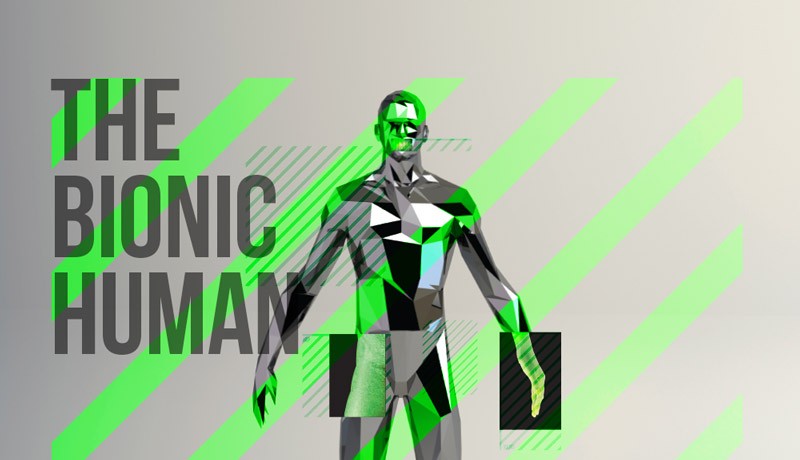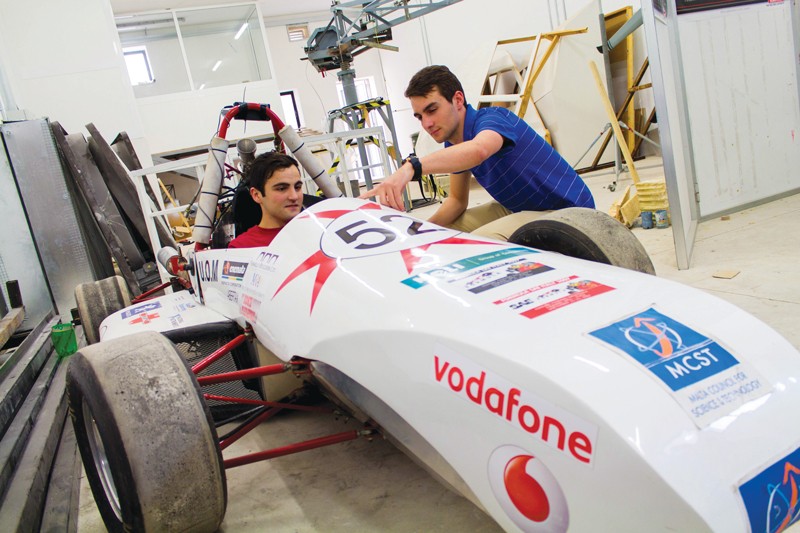Physics of the Future
Have there been any studies to modify the domestic refrigerator into part fridge and part air conditioning unit?
Asked by Tony Bugeja
Immersive 3D Experience

Comfortably sitting in seat 3F, John is watching one of his favourite operas. This close he can see all the details of the set, costumes, and the movements of the music director as he skilfully conducts the orchestra by careful gestures of his baton. He is immersed in the scene, capturing all the details. Then all of a sudden, the doorbell rings. Annoyed, John has to stop the video to see who it is. This could be the mainstream TV experience of the future.
This scene is called free-viewpoint technology that is part of my research at the University of Malta (UoM). Free-viewpoint television allows the user to select a view from which to watch the scene projected on a 3D television. The technology will allow the audience to change their viewpoint when they want, to where they want to be. By moving a slider or by a hand gesture, the user can change perspective, which is an experience currently used in games with their synthetically generated content — synthetically generated by a computer game’s graphics engine.
“For free-viewpoint to work, a scene needs to be captured using many cameras”
Today we are used to seeing a single viewpoint. If there are multiple perspectives we usually don’t have any control over them. Free-viewpoint technology will turn this idea on top of its head. The technology is expected to hit the market in the near future, with some companies and universities already experimenting with content and displays. New auto-stereoscopic displays do not need glasses (pictured next page), these displays ‘automatically’ generate a 3D image depending on which angle you view them. A clear example was the promise made by Japan to deliver 3D free-viewpoint coverage of all football games as part of their bid to host the FIFA World Cup in 2022. The bid was unsuccessful, which might delay the technology by a few years.
Locally, my research (and that of my team) deals with the transmission side of the story (pictured). For free-viewpoint to work, a scene needs to be captured using many cameras. The more cameras there are, the more freedom the user has to select the desired view. So many cameras create a lot of data. All the data captured by the cameras has to be transmitted to a 3D device into people’s homes, smartphones, laptops and so on. This transmission needs to pass over a channel, and whether it is fibre cable or wireless, it will always have a limited capacity. Data transmission also costs money. High costs would keep the technology out of our devices for decades.
My job is to make a large amount of data fit in smaller packages. To fit video in a channel we need to compress it. Current transmission of single view video also uses compression to save space on the channel so that more data can be transmitted and save on price. Note that, for example for high definition we have 24 bits per pixel and an image contains 1280 by 720 pixels (720p HD standard), that’s nearly 100,000 pixels for every frame. Since video is around 24-30 frames per second the amount of data being transmitted every minute starts escalating to unfeasible amounts.
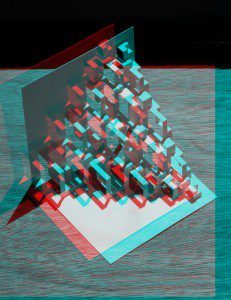
double 3d / 3d squared
my first attempt at an anaglyph photo of a paper structure. you will need those red/blue glasses to view it properly.
Free-viewpoint technology would be another big leap in size. Each camera would be sending their own video, which is the same amount of data as we are now getting. If there are ten cameras, you would need to increase channel size by a factor of ten. This makes it highly expensive and unfeasible. For the example above, the network operator needs ten times more space on the network to get the service to your house, making it ten times more expensive than single view. Therefore, research is needed to drastically reduce the amount of data that needs to be transmitted while still keeping high quality images. These advances will make the technology feasible, cheaper, and available for all.
So the golden question is, how are we going to do that? Research, research, and more research. The first attempts by the video research community to solve this problem were to use its vast knowledge of single view transmission and extend it to the new paradigm. Basic single view algorithms (an algorithm is computer code that can perform a specific function, like Google’s search engine) compress video by searching through the picture and finding similarities in space and in time. Then the algorithms send the change, or the error vector, instead of the actual data. The error vector is a measure of imperfections and how it is used by computer scientists to compress data is explained below.
First let us look at the space component. When looking at a picture, it is quite clear that some areas are very similar. The similar areas can be linked and the data grouped together into one reference point. The reference point has to be transmitted with a mathematical representation (vector) that explains to the computer which areas are similar to each other. This reduces the amount of data that needs to be sent.
Secondly, let us analyse the time aspect. Video is a set of images placed one after another and run at 25 or 30 frames per second that gives the illusion of movement and action. To make a video flow seamlessly images that are right after each other are very similar. If we have two images the second one will be very similar to the first, with only a small movement of some parts of the image. Like we do for space, a mathematical relationship can be calculated for the similar areas from one image to the next. The first image can be used as a reference point and for the second we transmit only the vector that explains which pixels have moved and by how much. This greatly reduces the data that needs to be transmitted.
The above techniques are used in single view transmission, with free-viewpoint technology we have a new dimension. We also need to include the space between cameras shooting the same scene. Since the scene is the same there is a lot of similarity between the videos of each camera. The main difference is that of angle and the problem that some objects might be visible from one camera and not from another. Keeping this in mind, a mathematical equation can be constructed that explains which parts of the scene are the same and which are new. A single camera’s video is used as a reference point while its neighbouring cameras only transmit the ‘extra’ information. The other camera can compress their content drastically. In this way the current standard can be extended to free-viewpoint TV.
Compressing free-viewpoint transmissions is complex work. Its complexity is a drawback, mobile devices simply aren’t fast enough to run computer power intensive algorithms. Our research focuses on reducing the complexity of the algorithms. We modify them so that they are faster to run, need less computing power, and still keep the same quality of video, or with minimal losses.
“The road ahead is steep and a lot of work is needed to bring this technology to homes”
We have also explored new ways of reconstructing high quality 3D views in minimum time, using graphical processing units (GPUs). GPUs are commonly used by high-end video games. Video must be reconstructed with a speed of at least 25 pictures per second. This speed must be maintained if we want to build a smooth continuous video in between two real camera positions (picture). A single computer process cannot handle algrothims that can achieve this feat; instead parallel processing (multiple simultaneous computations) is essential. To remove the strain off a main processing unit in a computer processing can be offloaded to a GPU. Algorithms need to be built that use these alternative processing powers. Ours show that we can obtain the necessary speeds to process free-viewpoint 3D video even on mobile devices.
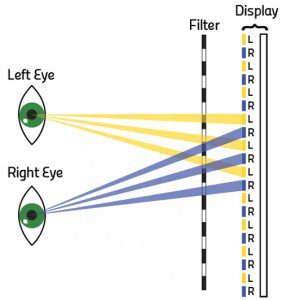
Since free-viewpoint takes up a large bandwidth on networks, we researched whether these systems can feasibly handle so much data. We considered the use of next generation mobile telephony networks (4G). Naturally they offer more channel space, we wanted to see how many users they can handle at different screen resolutions. We showed that the technology can be used only using a limited number of cameras. The number of users is directly related to the resolution used, with a lower resolution needing less data and allowing more views or users. This research came up with design solutions for the network’s architecture and broadcasting techniques needed to minimise delays.
The road ahead is steep and a lot of work is needed to bring this technology to homes. My vision is that in the near future we will be consuming 3D content and free-viewpoint technology in a seamless and immersive way in our homes and mobile devices. So for now sit back and imagine what watching an opera or football match on TV would look like in a few years’ time.
Etna
The ancients saw volcanoes as the wrath of their mighty gods. Volcanoes have been blamed for clearing whole towns, even planet-wide extinctions. A local team based in Gozo has just found out if Etna affects the Maltese Islands. Words by Dr Edward Duca.
Maniac: Two films. Two reviewers.

Noel: I recently saw William Lustig’s Maniac (1980) and Franck Khalfoun’s 2012 remake back-to-back. The latter is rather faithful to the original’s spirit. Frank Zito (played by Joe Spinell [1980] and Elijah Wood [2012]) is more of a textbook psychopath, and more brutal in Khalfoun’s film; but still remains faithful to its source.
Krista: I thought the first’s ‘rawness’ was more brutal. The second had a polished style despite the first person perspective. The 1980 film was grittier.
N: True. The remake looks slicker. For instance, the murder scenes are meticulously choreographed, operatic even. Lustig’s film is truer to life, scarier too, because in his lucid moments the killer acts normal.
K: The first person perspective didn’t convince me. Eventually I even forgot about it till it suddenly jumped to the fore again. It was inconsistent and uneasy without being very unsettling. It reminded me of Peeping Tom (1960), which made better use of the first person perspective.
N: Agree, but it didn’t distract me.
K: I hoped it would be more ‘distracting’. It would have been preferable if the first person perspective had been more defamiliarising, puncturing the viewer’s comfort zone — rather than just being ‘naturalised’.
N: The subjective point of view didn’t help me to get closer to the killer. I only saw this technique being used effectively in Enter the Void (2009). I find it a bit distracting because it can turn into a weird game (Spot the reflection in the mirror!). That said, in Maniac they were well aware of this and tried to have fun with it. The moments when the film veers away from the first person perspective, it sort of clicks into another gear.
K: Good point about the first person perspective being the default here, and the veering away from it becoming a ‘moment’ in itself. It calls to mind Bret Easton Ellis’ book American Psycho (1991).
N: I liked the fact that the remake created a deeper relationship between Frank and the mannequins. They are more than just a manifestation of his childhood trauma — a dysfunctional, promiscuous mother. The restoration of the mannequins is a genuine labour of love which underscores the affection that he nurtures towards the photographer (Anna, played by Nora Arnezeder). She is a mediocre artist unable to hold her camera properly. Frank is the real deal, getting his hands dirty.
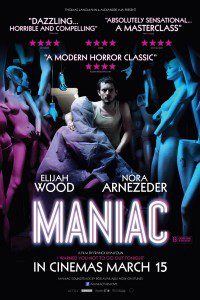
K: That’s a well-noted criticism of the photographer. In the first movie, I couldn’t really ‘judge’ whether she was a good artist or not — there wasn’t a focus on her art, instead they showed the world she moves around in, which made me think she was a budding artist. In the second one she’s portrayed as an underwhelming artist. She tries to use the mannequins to underpin her art and to somehow appropriate his by projecting an image of her face onto their blank heads.
N: Besides Anna, two other victims in Khalfoun’s film are a dancer and an agent. In both murders the director abandons the first person perspective, suggesting that either Frank is seeing his actions as a form of art, or that we, the audience, should see Frank himself as a work of art.
K: Yes, perhaps even perverting the sublime into the brutally grotesque. Yet ‘getting his hands dirty’ is counterpoised by the film’s stylishness.
N: So which is better?
K: Both films ultimately do different things. This is down to stylistic differences, enjoyably the remake doesn’t try to ‘replace’ Lustig’s film.
N: Totally agree. They’re like brothers sharing one (hell of a disturbed)
mother, similar yet so different. •
https://www.youtube.com/watch?v=4umIfrP_vMk
The Bionic Human
Faster, fitter, and flawless? What would it take to build a Bionic Human? Ing. Emmanuel Francalanza delved into research at the Faculty of Engineering to see how Malta could contribute. 3D Art by Jean Claude Vancell
Natural Hazards, Maths, and the Financial World
Does Alcohol kill brain cells?
This myth is HUGE! Urban legend says that drinking kills cells, some even say: ‘three beers kill 10,000 brain cells.’ Thankfully, they are wrong.
In microbiology labs, a 70% alcohol 30% water mix is used to clean surfaces pretty efficiently. It seems our neurons are made of sturdier stuff.
Alcohol does affect brain cells. Everyone knows that and it isn’t pretty. Alcohol can damage dendrites, which are delicate neural extensions that usually convey signals to other neurons. Damaging them prevents information travelling from one neuron to another — a problem. Luckily, the damage isn’t permanent.
Racing into the Future
 Way back in 2007, a dedicated group of six people put together a formula-style race car in just six months to compete in a prestigious international competition called FSAE. Since then no other team has participated. Students were always interested to build a racing car but found it too hard to actually carry out — the underlying logistics were simply too much.
Way back in 2007, a dedicated group of six people put together a formula-style race car in just six months to compete in a prestigious international competition called FSAE. Since then no other team has participated. Students were always interested to build a racing car but found it too hard to actually carry out — the underlying logistics were simply too much.
In December 2012, a group of motivated university students founded the University of Malta Racing (UoMR) team. Their mission statement: ‘To encourage and facilitate students of the University of Malta to unite together as a team in the planning, design and construction of a Formula-style race car and to participate in the Formula SAE, or similar competitions.” They were brought together by a love of cars, engines, speed and a competitive spirit.
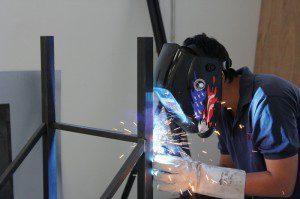 The 2007 team placed 17th out of 20 teams. The new team has stiff competition and huge challenges to overcome for the upcoming competition in July 2014. Foreign universities compete every year and build a database of knowledge and experience which students use to continue improving their cars. For the UoM to compete eff
The 2007 team placed 17th out of 20 teams. The new team has stiff competition and huge challenges to overcome for the upcoming competition in July 2014. Foreign universities compete every year and build a database of knowledge and experience which students use to continue improving their cars. For the UoM to compete eff
ectively with top-class international universities, there must be a strong framework which supports and encourages students from every faculty, especially the Faculty of Engineering. To overcome this challenge the team extensively researched the parts, materials needed and procedure to build a competitive vehicle. The PR and Finance team of the UoMR also drew up a sponsorship proposal, which was used to attract sponsors and collaborators. Without them the project would not be possible.
The team is currently working on the car’s design. At the same time they are fabricating some parts and structures inside their workshop at University. They are looking for financial or in kind assistance from driving enthusiasts and organisations. •
For more information on UoMR and contact details visit: uomracing.com. The University of Malta’s research trust, RIDT, fully supports the UoM racing team initiative. The trust aims to sustain and grow the UoM’s research activity. Please consider making a contribution at www.ridt.eu



